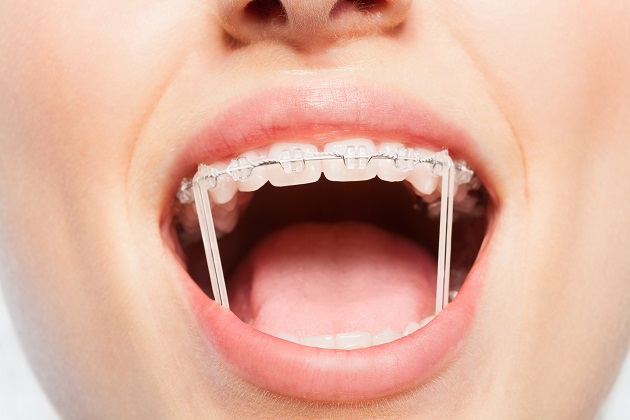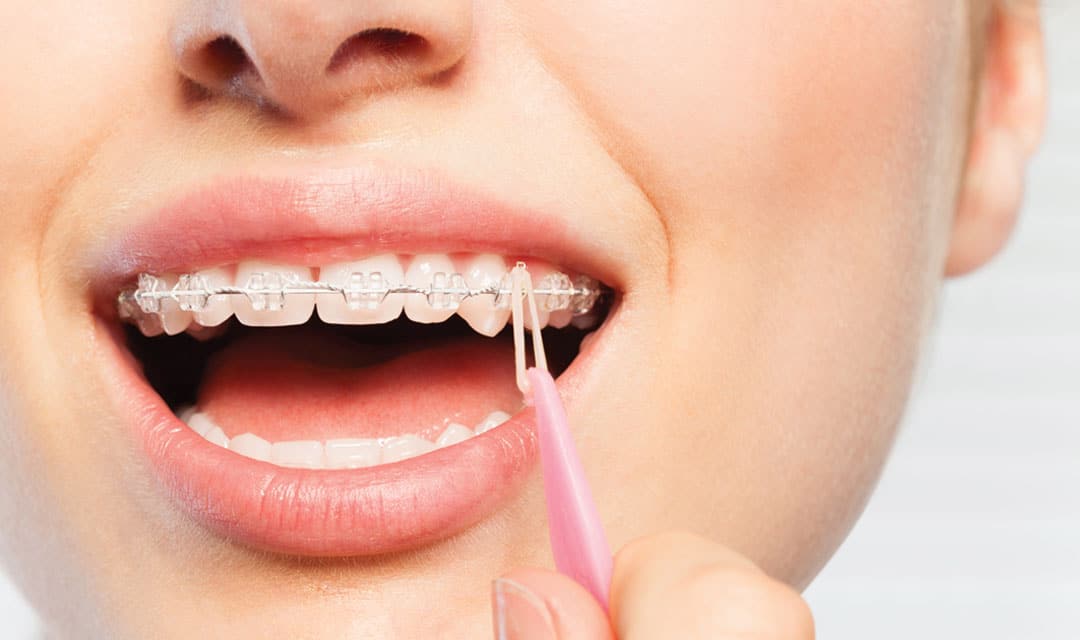Why Are Rubber Bands Used With Invisalign Clear Aligners?
Invisalign clear aligners have revolutionized orthodontic treatment, offering a discreet and comfortable alternative to traditional braces. These aligners use a series of custom-made, transparent trays to gradually shift the teeth into their desired positions. However, in some cases, additional components like rubber bands are used to enhance the effectiveness of the treatment. In this article, we will explore the reasons behind using rubber bands for invisalign clear aligners and discuss their benefits.
Achieving Proper Bite Alignment
One of the primary reasons rubber bands are used with Invisalign clear aligners is to correct bite alignment issues. Rubber bands, also known as elastics, are attached to specific anchor points on the aligners to guide the movement of the teeth and align the upper and lower jaws correctly. They provide the necessary force to ensure that the teeth fit together properly when the jaws are closed, thus improving the bite.

Correcting Complex Tooth Movements
In some cases, certain tooth movements required for optimal alignment can be challenging to achieve with aligners alone. Rubber bands help address these complex movements by applying additional force in specific directions. By strategically placing the elastics, orthodontists can exert pressure on the teeth to guide them into their desired positions more effectively.
Enhancing Overall Treatment Efficiency
Rubber bands significantly contribute to the overall efficiency of Invisalign treatment. They allow orthodontists to address various dental issues simultaneously, such as misalignments, overcrowding, and bite problems. By utilizing rubber bands, the orthodontist can optimize the treatment plan, reducing the overall treatment duration and enhancing the final results.
Customized Treatment Plans
Every Invisalign treatment is unique, essix retainer cost tailored to the specific needs of each patient. Rubber bands are used in conjunction with the aligners as part of a customized treatment plan. Orthodontists carefully evaluate each patient's bite and tooth alignment and determine the ideal placement of rubber bands to achieve the desired outcomes. This personalized approach ensures that the treatment addresses individual concerns effectively.
Patient Compliance And Responsibility
Rubber bands require active patient participation, promoting a sense of responsibility and compliance. Patients must follow their orthodontist's instructions regarding wearing and changing the elastics regularly. By actively engaging in their treatment, patients play an essential role in achieving successful outcomes with Invisalign. Adhering to the recommended rubber band wear schedule ensures consistent force application and maximizes treatment effectiveness.

Collaboration Between Orthodontist And Patient
The use of rubber bands fosters collaboration between the orthodontist and the patient. Orthodontists educate patients about the importance of wearing rubber bands correctly and explain their role in achieving optimal results. Patients, in turn, can provide feedback to the orthodontist about any discomfort or issues they experience, enabling adjustments to be made to the treatment plan promptly. This collaborative approach ensures a smoother treatment process and helps build a strong patient-provider relationship.
Conclusion
Rubber bands are an integral component of some Invisalign treatment plans, serving multiple purposes. They help correct bite alignment issues, facilitate complex tooth movements, and enhance overall treatment efficiency. By customizing treatment plans and promoting patient compliance, orthodontists achieve optimal results with Invisalign clear aligners. The collaboration between the orthodontist and the patient plays a crucial role in ensuring the success of the treatment. If you are considering Invisalign, consult with an experienced orthodontist to determine if the use of rubber bands is necessary for your specific case.

Comments
Post a Comment